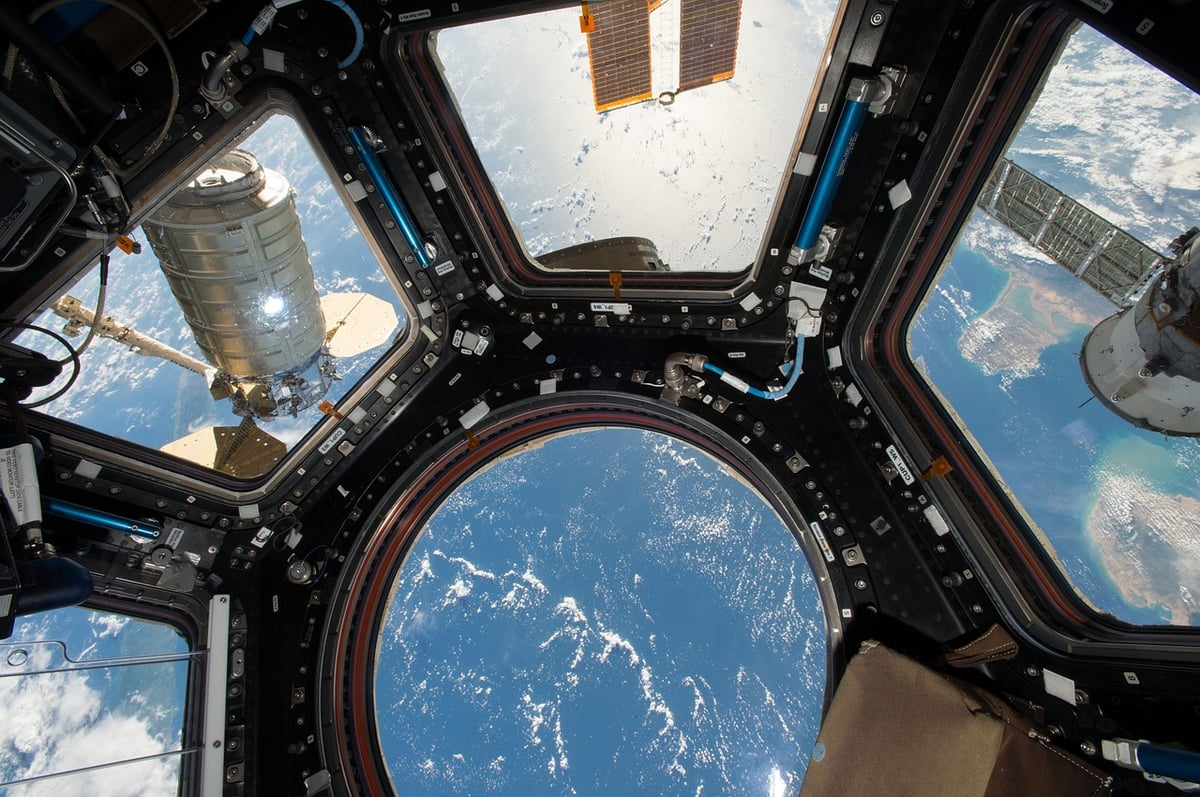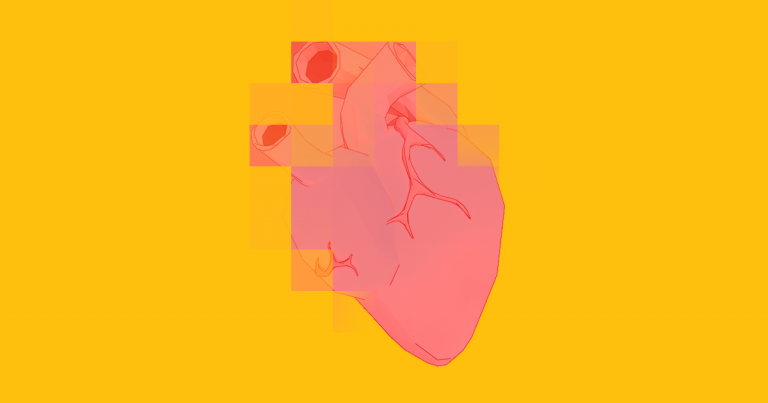The startup Techshot is collaborating with NASA to develop a way to 3D print organs without the confines of gravity.
There are 115,000 people in the US waiting for a lifesaving organ transplant. To reduce this number, scientists are working on 3D printing organs for transplant.
However, when 3D printing an organ, the weight of the complex internal structures can cause the organ to collapse.
Some scientists have attempted to use scaffolding systems as a solution, but others think printing in a zero-gravity environment could be the answer.
Techshot and NASA partnered to create a 3D bioprinter called the BioFabrication facility (BFF). It is a small device which uses a patient’s stem cells to 3D print patches for heart repairs.
They will send it to the International Space Station (ISS) for testing in May.

Fabricating Complex Tissues in Space
Using the bioprinter, Techshot believes hearts could one day be printed commercially for transplants.
Rich Boling, the VP at the company, said their ultimate goal is to save the lives of the 20 people who die each day while waiting for a transplant.
To achieve this aim, it will test its bioprinter while aboard the ISS. These tests will last for about one year to ensure it is working correctly.
“After our test protocols have been completed, we’ll open the program up to outside researchers who want to use our device,” Boling told BBC News.
The outside researchers can use and test the device. Finally, Boling hopes the bioprinter will be optimized and then sent back into space, where it will begin creating more complex prints with a focus on cardiac tissues first.
For more on medical advancements using 3D printing, check these stories out:
- Meet the AutoCompounder: The 3D Printer Combines All Your Medicine Into One Pill
- 3D Printing in Medicine: Making Pills Easier to Swallow
Source: Futurism

License: The text of "NASA and Techshot Trying To 3D Print Organs In Space" by All3DP is licensed under a Creative Commons Attribution 4.0 International License.